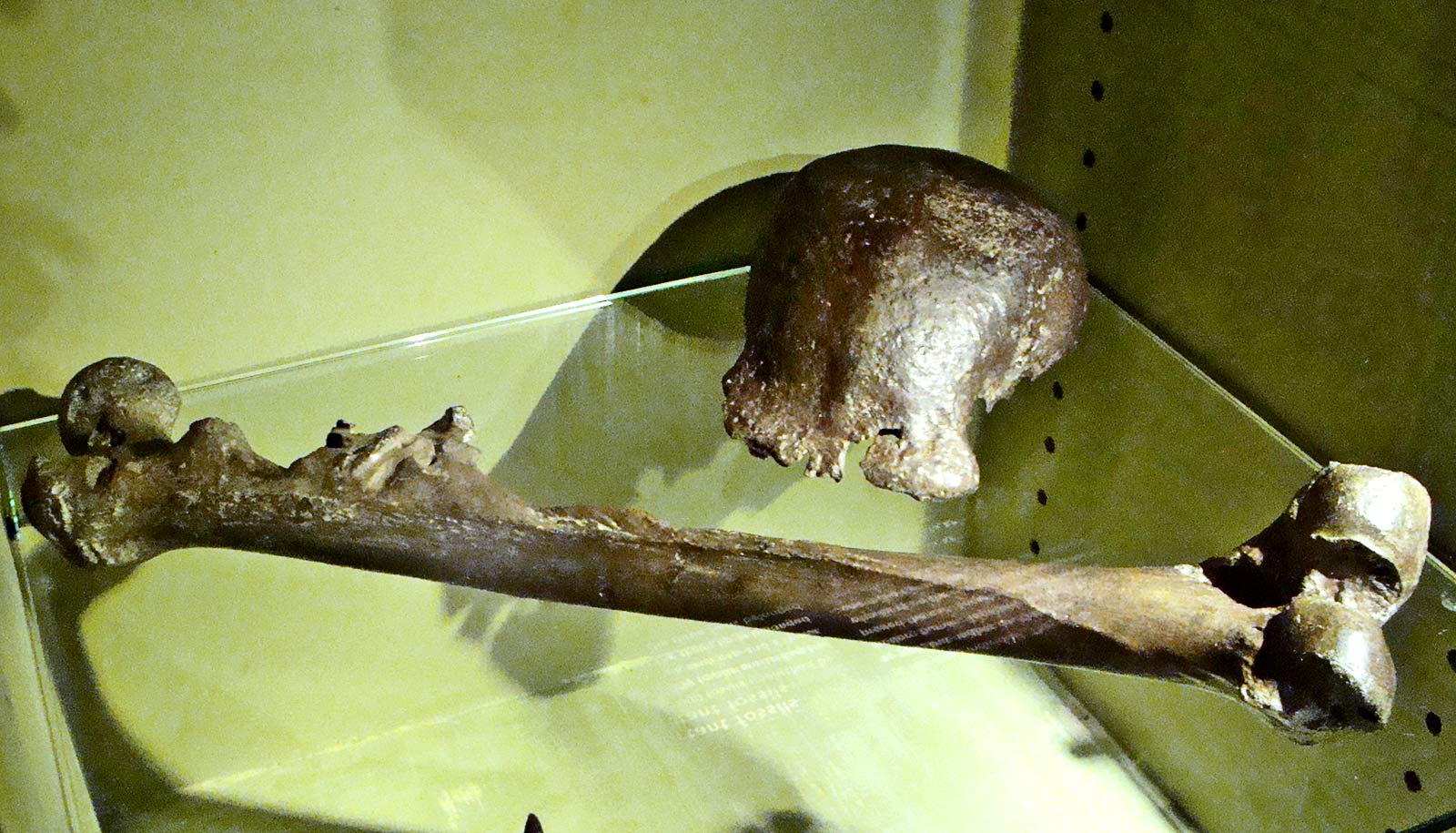
People notice the times when they accurately remembered some person or detail in their past, but tend to forget the times when their memory failed them. Witnesses truly believe their version of events, no matter how inaccurate they may be.įinally, confirmation bias is likely at play. Memory distortion often happens unconsciously.

Third, eyewitnesses are often sincere and confident, which makes them persuasive but not necessarily correct. People underestimate how quickly forgetting can take place. In fact, stress and terror can actually inhibit memory formation, and memories continue to be constructed after the originating event on the basis of information learned afterward. Second, crimes and accidents are unusual, distinctive, often stressful, and even terrifying events, and people believe those events therefore should automatically be memorable. First, in popular media and literatary depictions, detectives (for example, Sherlock Holmes) and witnesses possess highly detailed and accurate memories. So why, despite all the news about misidentifications and wrongful convictions, do people continue to put such profound faith in eyewitness testimony? We are biased to notice and exaggerate some experiences and to minimize or overlook others. Memory evolved to give us a personal sense of identity and to guide our actions. More specifically, the assumption that memory provides an accurate recording of experience, much like a video camera, is incorrect. The claim that eyewitness testimony is reliable and accurate is testable, and the research is clear that eyewitness identification is vulnerable to distortion without the witness’s awareness. And 28% of the cases involved a false confession. Of those false identifications, 41% involved cross-racial misidentifications (221 of the 358 people were African American). Of these, 71% had been convicted through eyewitness misidentification and had served an average of 14 years in prison before exoneration. According to the Innocence Project, 358 people who had been convicted and sentenced to death since 1989 have been exonerated through DNA evidence. DNA testing led to the review of many settled cases. The advent of DNA analysis in the late 1980s revolutionized forensic science, providing an unprecedented level of accuracy about the identity of actual perpetrators versus innocent people falsely accused of crime. Eyewitness testimony is more fallible than many people assume. “I’ll believe it when I see it” isn’t just a cliché, it is a statement of the most persuasive form of evidence we allow.īut being convincing isn’t the same as being accurate. We trust our own perception and experience. It is easy to understand why it is so convincing. That iconic moment when a testifying witness points to the defendant as the perpetrator of the crime is iconic, and has been dramatized often on television and movies. Probably only a suspect’s signed confession can further convince a jury about that individual’s guilt. Benton, Ross, Bradshaw, Thomas, & Bradshaw, 2006).

Eyewitness testimony is historically among the most convincing forms of evidence in criminal trials (e.g.


 0 kommentar(er)
0 kommentar(er)
